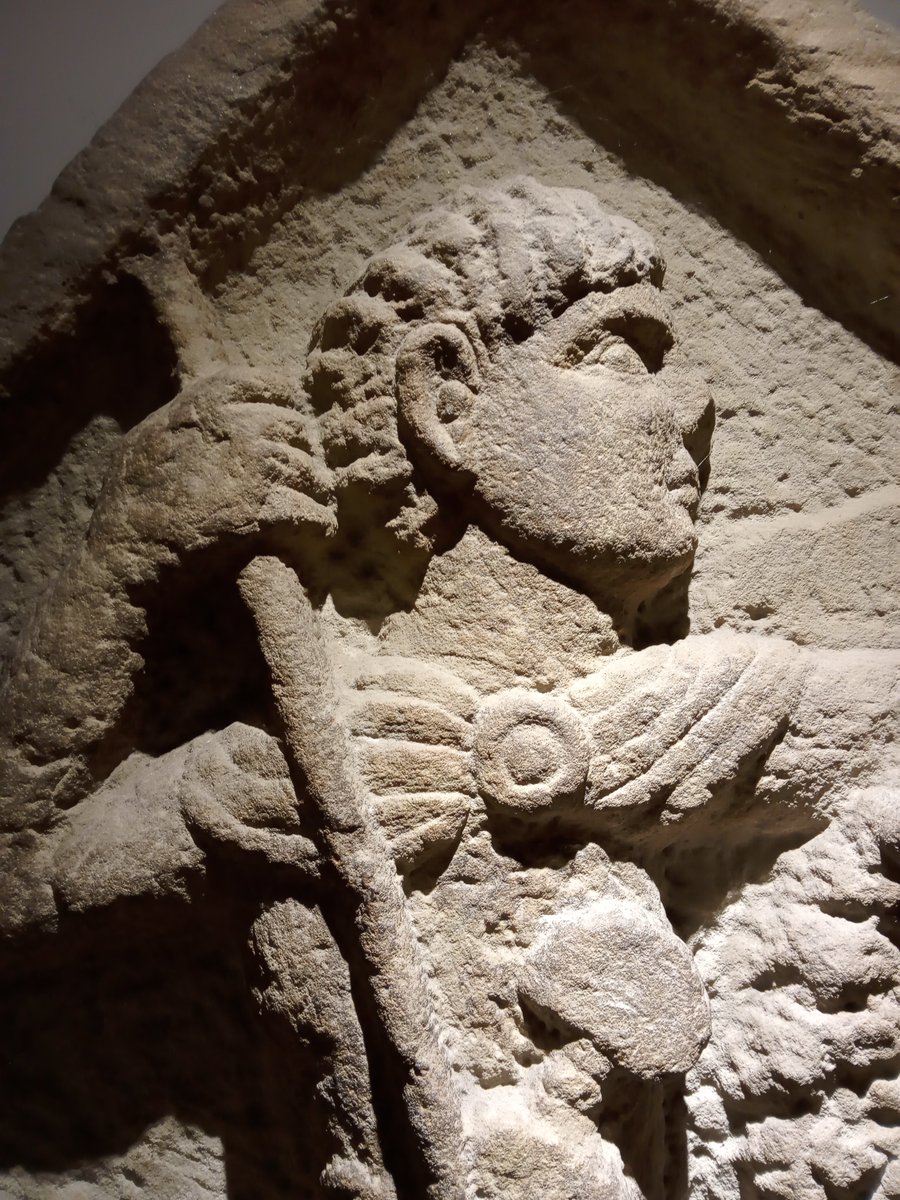
The rediscovery of the catacombs resulted in a sudden relic boom from Europe's 'saint mine' - the possibility of a church acquiring not only part of a saint but a saint's whole body opened up, but there was anxiety about exactly who some of these new saints were
https://twitter.com/romanhistory1/status/1531712118864625664
However, the idea of digging in the ground for saints was nothing new - there are numerous medieval stories of churches in need of a foundation relic praying for a vision of where to dig, and then finding a previously unknown saint in the ground
A great example of this is St Amphibalus. A vision directed the monks of St Albans to open a barrow containing the bones of St Amphibalus; he was actually some random Bronze Age dude who was lucky enough to receive full Christian cult honours for the next few centuries #winner
In fact, random Bronze Age guy is *still* winning because @StAlbansCath recently undertook a lavish restoration of the shrine of St Amphibalus. So let no-one tell you the cult of our prehistoric ancestors is extinct!
• • •
Missing some Tweet in this thread? You can try to
force a refresh

















